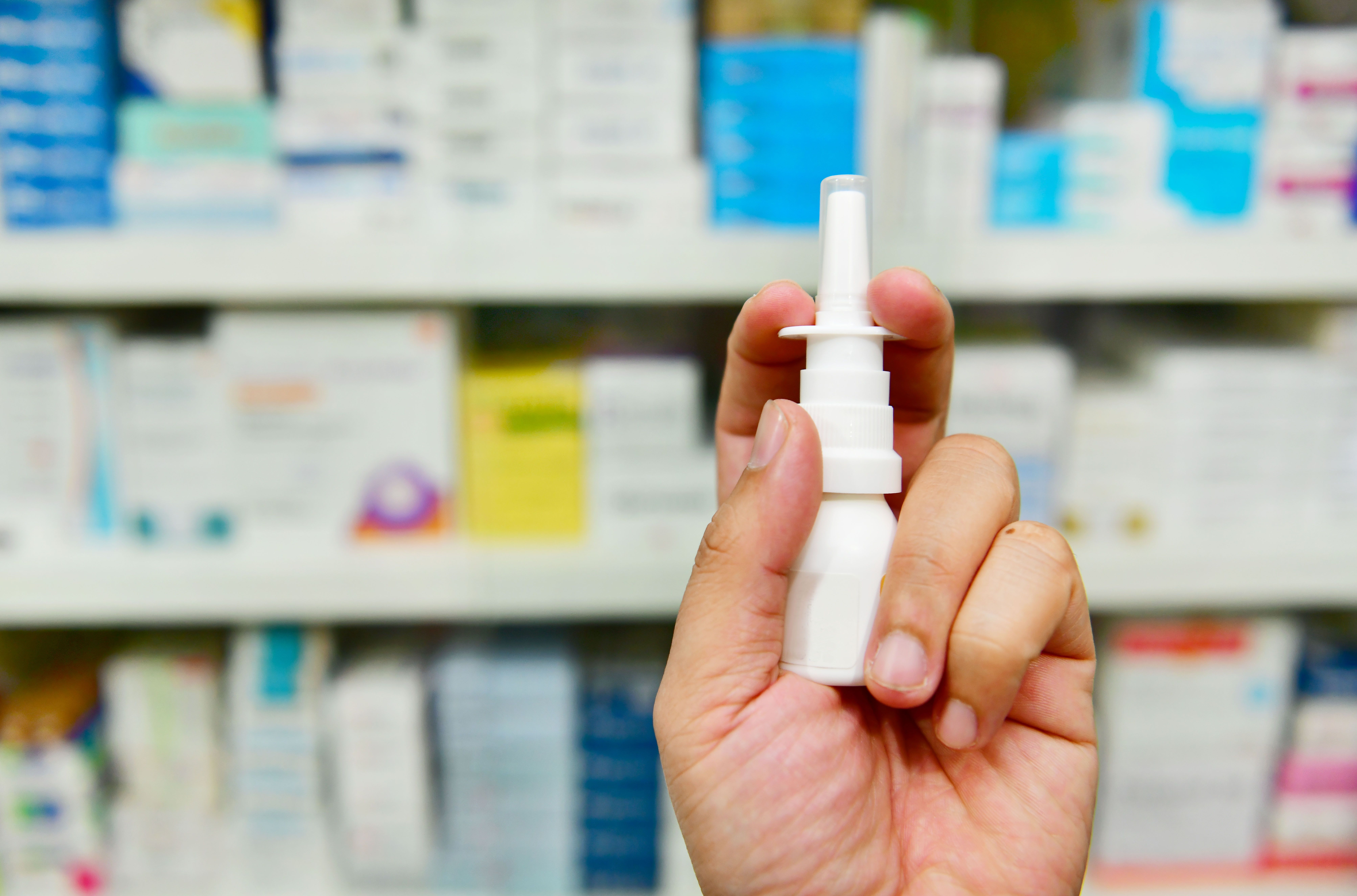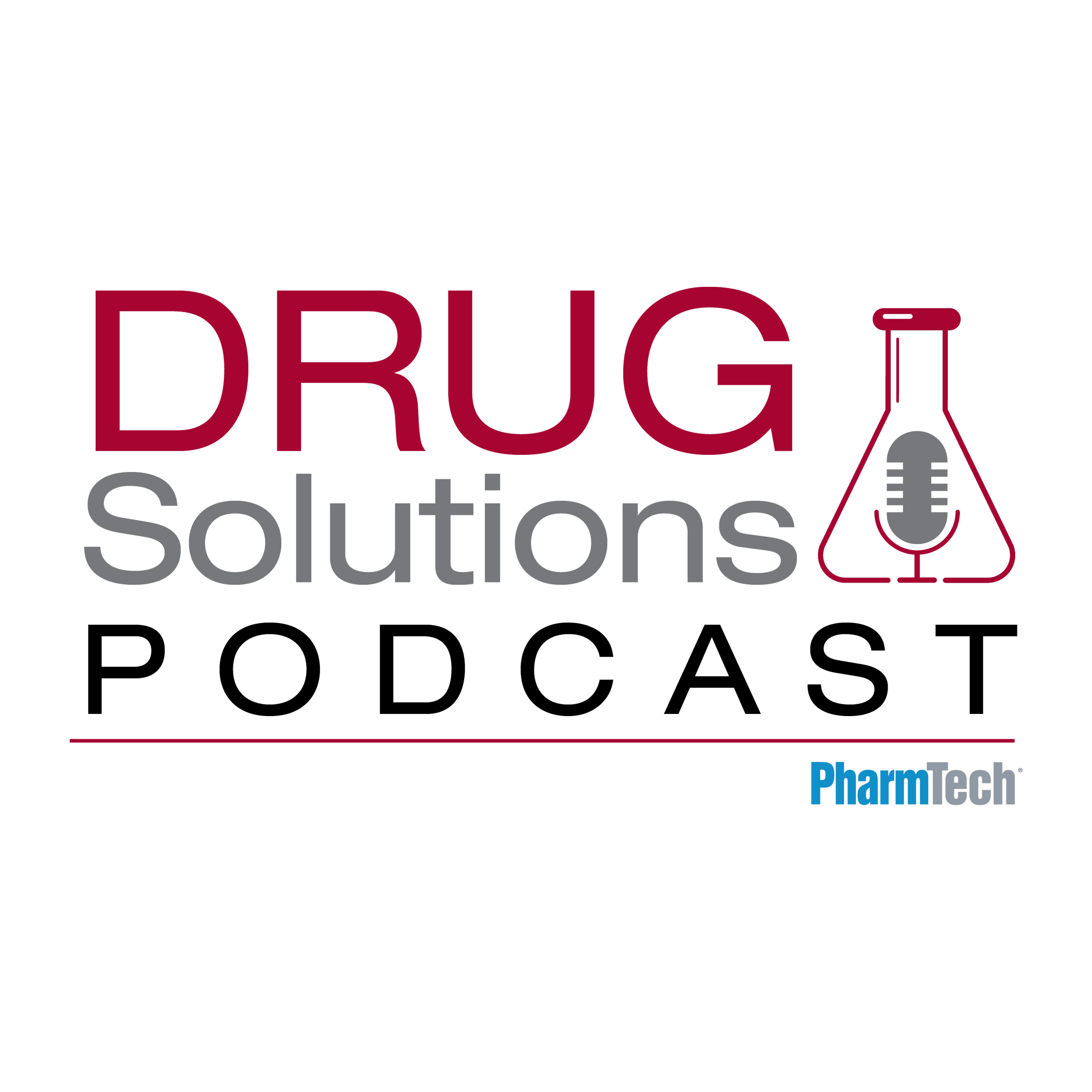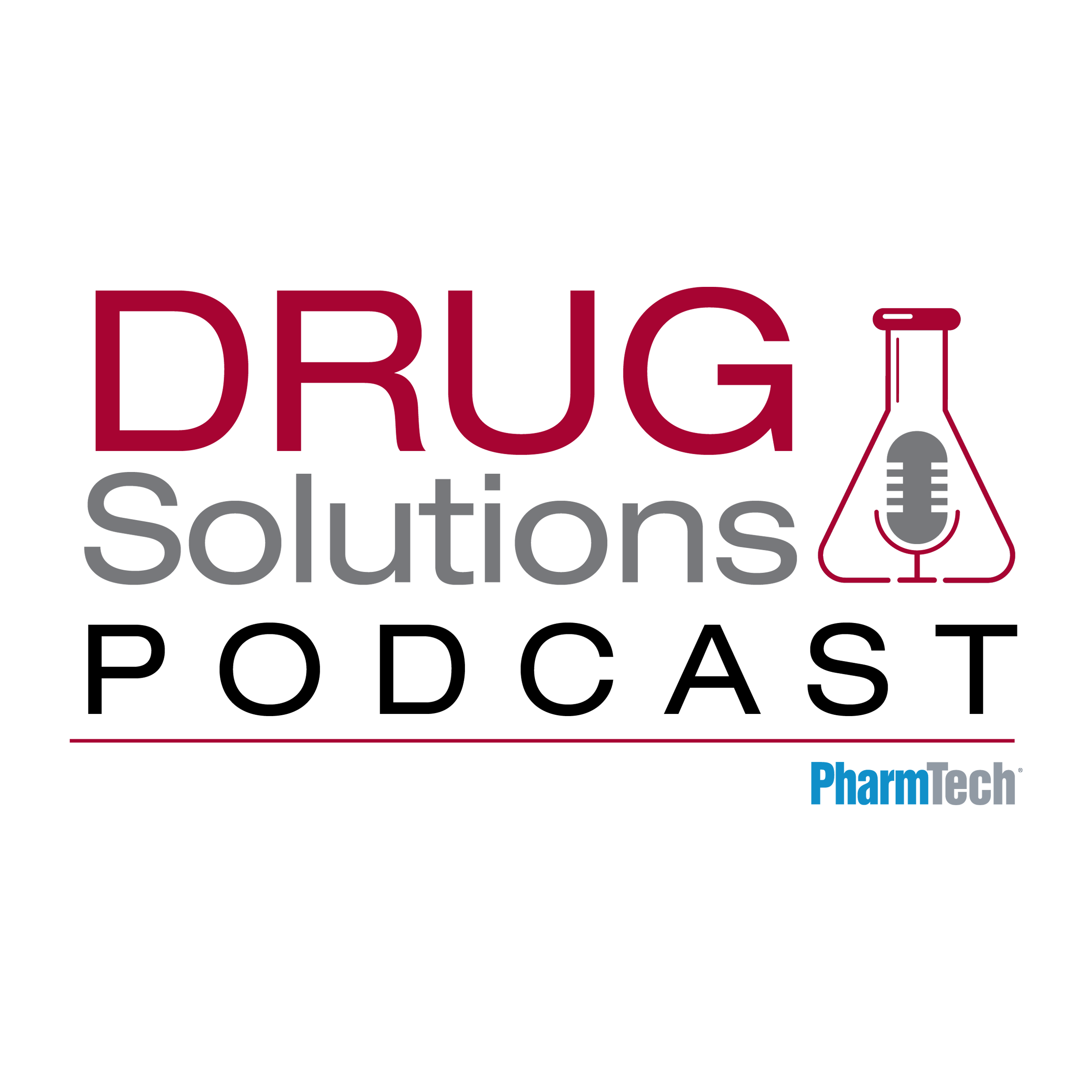News
Article
Equipment and Processing Report
Equipment and Processing Report
How Can We Improve Dissolution Testing for Transdermals?
Author(s):
US Pharmacopeia apparatuses for testing the dissolution of transdermal drugs produce good, reproducible results. Yet some scientists believe that further modifications could improve the instruments? suitability for this application.
Needlephobes, take note. The Georgia Institute of Technology and Vyteris (Fair Lawn, NJ) are developing thermal-ablation technology that may one day enable proteins to be delivered through the skin. Their cooperation is a sign that transdermal drug-delivery techniques continue to evolve and hold the promise of greater convenience for patients. Transdermal systems also could benefit pharmaceutical companies that seek to reformulate their drugs for delivery by alternate routes, thus extending the lives of their patents.
Dissolution testing can help manufacturers confirm that a dosage form releases the correct amount of drug at the intended rate. The testing also improves control of product quality and batch-to-batch consistency. US Pharmacopeia apparatuses 5, 6, and 7 were developed to test the dissolution of transdermal systems.
Despite differences in design, apparatus 5 (i.e., paddle over disk), apparatus 6 (i.e., cylinder), and apparatus 7 (i.e., reciprocating holder) operate on the same principle. An operator secures the transdermal patch to a physical support and submerges it into an appropriate buffer, which typically is maintained at 32 °C. The instrument agitates the buffer through stirring or reciprocating, and the operator takes samples manually or automatically at predetermined intervals. After a scientist analyzes the samples for drug content using a chromatographic or ultraviolet method, he or she can determine the dissolution curve for the transdermal patch.
Apparatuses 5, 6, and 7 are appropriate for testing passive transdermal patches, including matrix and membrane- or reservoir-based transdermals, says Jerry Zhang, CEO of Zyleris PharmaTech (Lake Bluff, IL). The instruments also are suitable for testing the dissolution of emerging systems based on active technologies such as iontophoresis or sonophoresis, provided that the patch portion of the system can be removed from the delivery device. If the operator can’t separate patch from the device, he or she might use a holder to attach the transdermal system to the apparatus, but the holder could be noncompendial, Zhang observes.
The USP apparatuses produce good, reproducible results, yet some scientists believe that further modifications could improve the instruments’ suitability for testing transdermal drugs. “Dissolution into a vessel of medium may be a better approximation of the digestive tract than it is of the skin,” says Paul Johnson, senior director of analytical research at Noven (Miami, FL). Matrix transdermals rely on the skin to control the delivery of the drug. It would be helpful if, in place of the screen in apparatus 5 or the cuprophan in apparatus 6, operators could use a reproducible membrane that mimics the skin, says Johnson. The skin-like membrane could be made of a polymer, and it would make dissolution-test results more meaningful, he adds.
New drug-delivery technologies have made it possible to develop transdermal therapies for biologics and highly potent water-soluble small molecules. When these molecules are formulated as transdermal systems, the patches often are small or contain low amounts of drug. This design could prove problematic. “The current systems for evaluating dissolution are not optimal for the detection of low amounts of drug due to the relatively large amount of buffer volume required,” says Frank Tagliaferri, head of research and development at Altea Therapeutics (Atlanta, GA).
Manufacturers therefore need low-volume apparatuses to test patches that deliver these drugs, especially if they require accurate drug-dissolution data at early time points, when the drug concentration is low. These low-volume instruments could share their designs with apparatuses 5, 6, and 7, but would incorporate smaller vessels and use less buffer than the latter. The new machines also might need modified stirring or mixing capabilities, depending on the sizes of the patches to be evaluated, says Tagliaferri.
An alternative to a low-volume apparatus is to use highly sensitive analytical methods for drug detection. On the other hand, methods such as liquid chromatography, mass spectrometry, and electrophoresis may have practical drawbacks such as low throughput or high cost that limit their suitability for common quality-control applications.
In general, the pharmaceutical industry seems satisfied that current instruments provide valuable dissolution data for transdermal drugs. To manufacturers’ knowledge, no new apparatuses to test the dissolution of transdermal drugs have been proposed. The industry seems open to the idea, however. Several dissolution-device suppliers have offered to help Altea Therapeutics design instruments that better meet the company’s current needs, says Tagliaferri. Innovations in transdermal delivery technology, and the need to stave off generic competition, might one day spur improvements in dissolution-testing equipment. If new devices yield more accurate results than current instruments, they could enable drugmakers to provide convenient alternatives for patients.
Newsletter
Get the essential updates shaping the future of pharma manufacturing and compliance—subscribe today to Pharmaceutical Technology and never miss a breakthrough.





